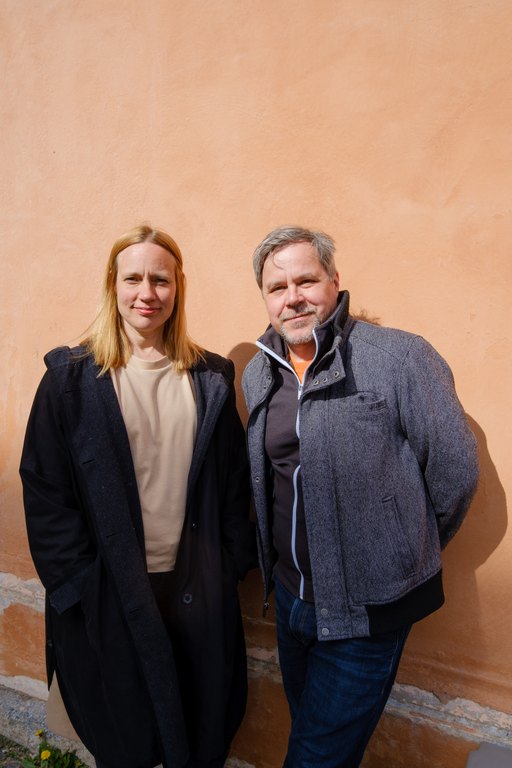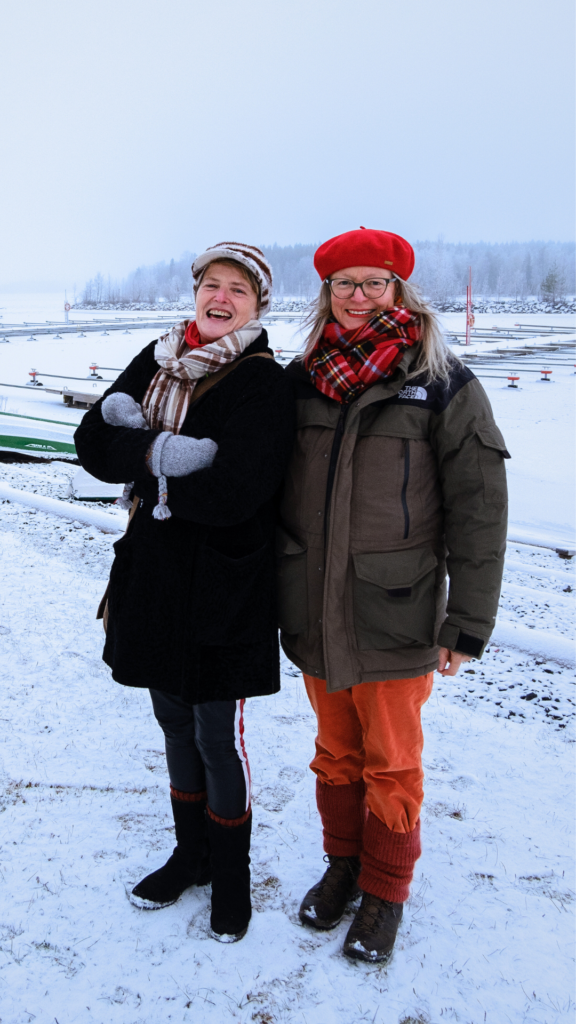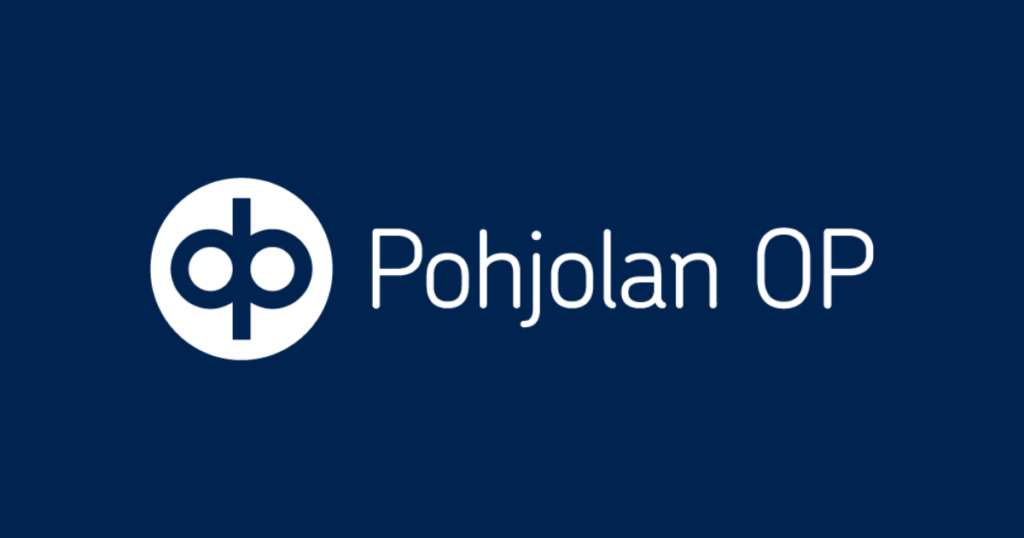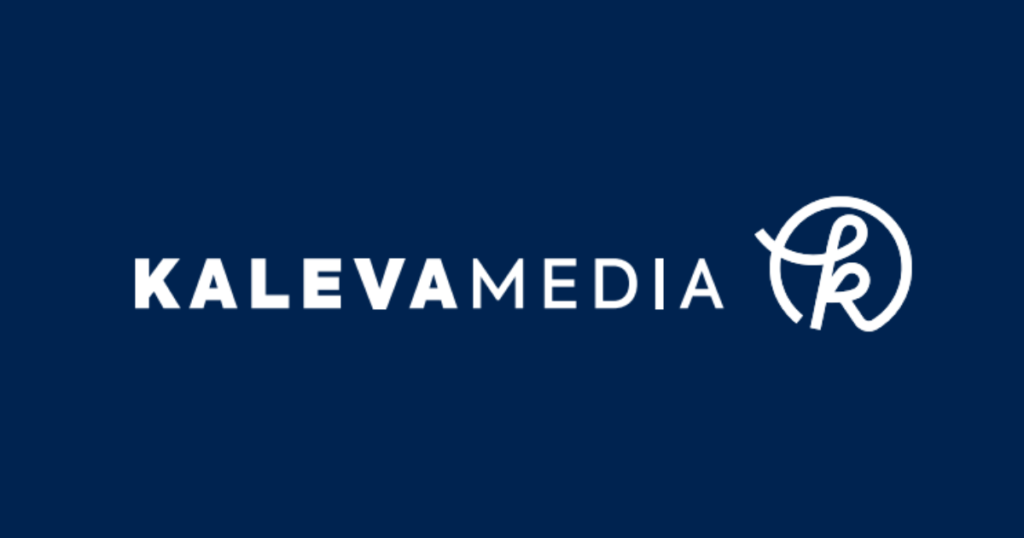Climate Clock
Public art trail in Oulu featuring world-renowned artists
Artworks created by world leading Finnish and international artists will form a permanent art trail around Oulu. Each unique location offers a moment of reflection and hope for the future.
What is it about?
Climate Clock is one of the most significant productions of the Oulu2026 European Capital of Culture year, where art intertwines with science and nature to inspire environmental awareness and reconnect us with nature’s time. Six permanent artworks will be located in Haukipudas, Kiiminki, Oulu city centre, Oulunsalo, Yli-Ii, and Ylikiiminki. Alongside these permanent artworks is The Most Valuable Clock in the World, a new artwork co-created with the local communities by renowned artists Tellervo Kalleinen and Oliver Kochta-Kalleinen.
These seven artworks highlight the resilience and adaptability of nature. Climate Clock works will be located – with the exception of Oulu city – in natural settings such as forests, rivers and seashores, highlighting local pride in the surroundings. In each location, the artworks will invite us to consider what we can do now, in the present moment, to preserve and strengthen our connection to nature. Each work reflects an artistic vision of how we can combine our creativity and responsibility. The commissioned artists will work with scientists as they develop their work, gaining new insights into the science behind climate issues in the region.
The climate clock is ticking, the ice is melting, and we are learning anew what our forebears knew – that time is not ours to command; that nature keeps its own time. For centuries, nature in the Oulu region has been a central part of our identity, yet climate change now reshapes it profoundly.
The Artists

Participate in ‘The Most Valuable Clock in the World’
We’re creating the world’s most valuable clock right here in Oulu, and we need you to make it happen!
Tellervo Kalleinen and Oliver Kochta-Kalleinen are inviting people in Oulu to co-create The Most Valuable Clock in the World. The clock combines 120 personal video moments from residents in the region with 12 precious moments in nature, advised by scientists. This valuable artwork, like our response to climate change, will examine how our personal preferences can be reconciled with societal needs and communal demands.
The final “electromechanical-digital hybrid marvel” clock will be created during 2024-25 with local participants, volunteers, and some of the STEAM schools in Oulu. The clock will be unveiled in 2026 and will tour the region, serving as a totally unique reflection on our precious day-to-day moments at different times of the day and during the yearly cycle.
Tellervo Kalleinen and Oliver Kochta-Kalleinen are an artist duo living currently in Helsinki, Finland. They merge languages and approaches of a number of disciplines, such as film, performance, game design, experimental education, facilitation and social architecture. Kalleinen & Kochta-Kalleinen are known for their participatory art projects such as Complaints Choirs

Climate Clock is curated and produced by international top experts
Alice Sharp, Artistic Director and founder of Invisible Dust UK in 2009, is a curator, speaker and advisor making the invisible visible, creating new international thinking on the ever pressing issues of climate futures; particularly through creating Forecast, Invisible Dust’s ongoing programme exploring what is shaping how we are thinking about the future of the planet. Imaginative thinkers she has collaborated with include Margaret Atwood, Ben Okri, Shezad Dawood and Zineb Sedira. Alongside Climate Clock, Sharp was selected for the British Council Malaysia Human Nature Delegation 2024; presentations include British Council ‘Circular Cultures’ Athens, Columbia University, New York; Davos 2020; the UN Development Programme Turkey; and hosting the International Association of Corporate Art Collections symposium in Madrid.
International producer Claudia Woolgar was engaged by Oulu2026 to assist in shaping the programme for the first Bid Book and significant international projects, including Climate Clock. Since Oulu won the title, she has been working as the international producer of the projects. She has considerable international experience, including working on the complex public art project, the 11 Fountains, for Leeuwarden-Friesland European Capital of Culture 2018 in its early stages. She is a creative producer with her own company, Brave New World Producties, and works as a consultant alongside her creative work.
Read Alice’s curatorial statement here
Climate Clock artworks created by world leading Finnish and international artists will be based in Oulu City and Yli-Ii, Haukipudas, Ylikiiminki, Oulunsalo and Kiiminki and will form a permanent sculpture route around the Oulu region, advised by scientists and giving a moment of pause at each location. Alongside this The Most Valuable Clock in the World, a new artwork co-created with the respective local communities by renowned artists Tellervo Kalleinen & Oliver Kochta-Kalleinen.
The climate clock is ticking, the snow is melting, and we are learning anew what our forebears knew – that time is not ours to command; that Nature keeps its own time. For Climate Clock artists work with scientists and reconnect us to Nature’s time. Can they help us escape the tyranny of our fast modern day time and capture slower time through ideas rooted in the natural world?
Oulu is one of the world’s northernmost cities and part of nature’s winter mirror to climate change, just below the Arctic Circle and warming at four times the rest of the earth. Climate Clock explores how this faster heating is changing the weather and natural systems. These, although part of everyday life and easily taken for granted in Oulu, are extraordinary to visitors. Including the brilliant whiteness of winter with the sun’s low glowing light across the horizon; dark rivers in the undulating snow; ice roads crossing the solid frozen sea and vibrant short hot summers with verdant green; alongside local customs such as fishing on the sea ice dating back to prehistory.
Human rhythms, like the seasons and wildlife, have always responded to sunlight. Being towards the top of the earth’s sphere, on the shortest day of the winter solstice, Oulu receives an hour of sunlight, whilst in the mid-summer it is the reverse. In the past our slower lives enabled us to have moments where we forgot time before the technological clocks of mobiles and laptops. The end of a working day was just that people daydreamed on the way home from work. This was part of the concept of time that nineteenth century Finnish poet Eino Leino wrote about in his famous poem Nocturne:
‘Time has ceased and the weathervane is sleeping; Stretches road at twilight end of day, Bound for home unknown, I take its way’. (eng. transl. Rupert Moreton)
The Arctic was the earth’s complete snow cap and reflected the heat back into space, but now this is changing and the ice is melting, the dark waters are emerging, changing the earth’s systems and with it, our seasons, nature and pace.
Now our world is getting quicker, our fingers stretch out to our phones, and we demand instant access to a vast array of fast moving and intricate decisions; creating lifestyles which are at odds with natural rhythms and cadences. Nature takes time and does different things at different times; a tree grows for a hundred years, a drop in one ocean reaches another in a hundred thousand years. We tend to think of time as a given; like energy or mass that you can measure. And we do measure it. But time is an abstraction, we have created it for our needs and now with climate change we are up against it.
Climate Clock reflects on how we have forced our notion of time onto nature, changing it and us. How might we reconsider our fast changing lifestyles and take time, and in doing so understand the preciousness and necessity of living interconnected with the earth’s own natural clock?








